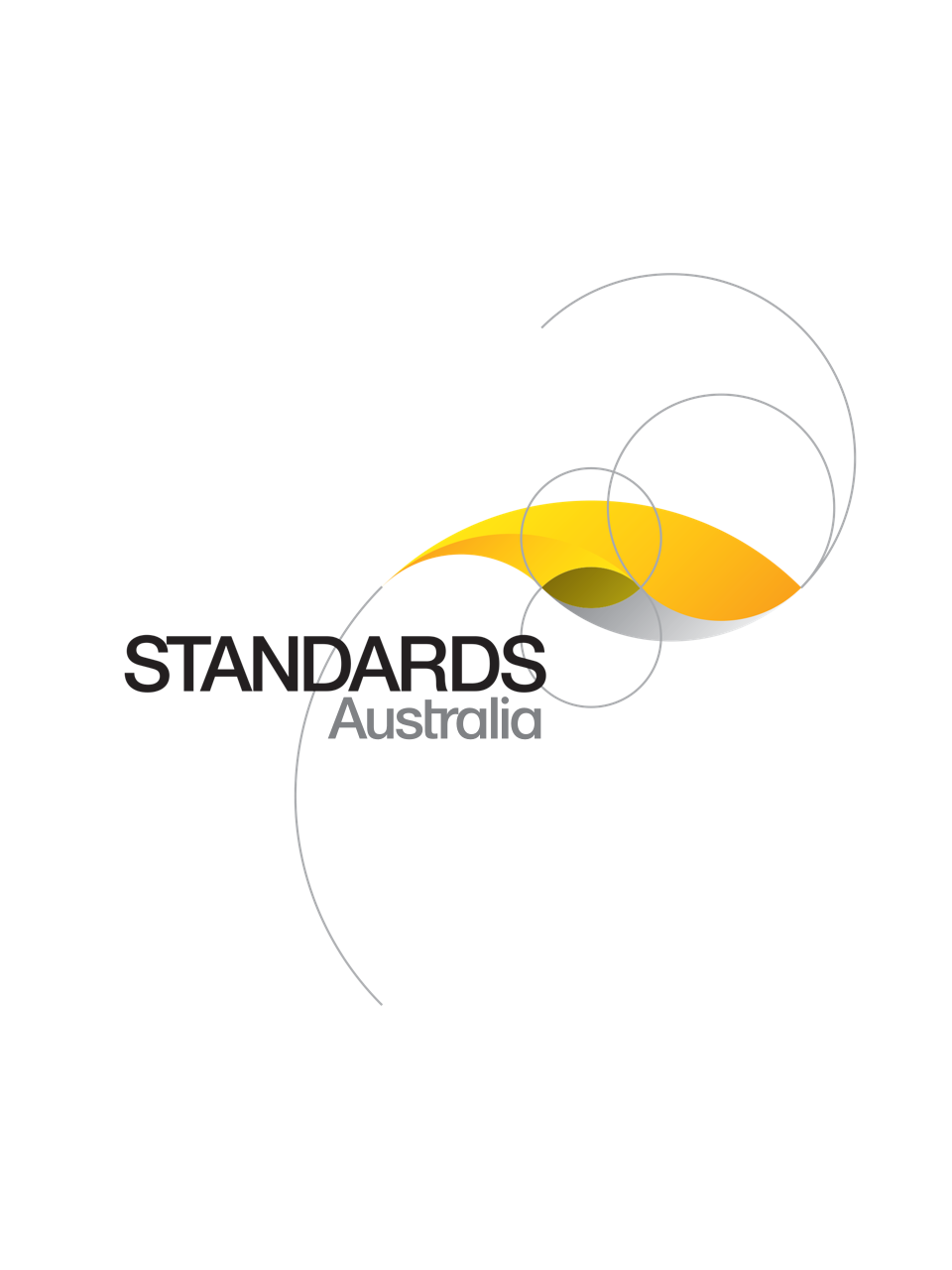Standard
UPDATE AVAILABLE
Track updates
AS/NZS 3837:1998
[Current]Method of test for heat and smoke release rates for materials and products using an oxygen consumption calorimeter
Sets out a test method for the determination of ignitability, heat release rates, mass loss rates, effective heat of combustion and smoke release of materials and products when exposed to controlled levels of radiant heating.
Published: 05/11/1998
Pages: 43
Table of contents
Cited references
Content history
Table of contents
Header
About this publication
PREFACE
FOREWORD
1 SCOPE AND GENERAL
1.1 SCOPE
1.1.1 General
1.1.2 Objectives
1.1.3 Test parameters
1.2 PRINCIPLE OF TEST METHOD
1.2.1 General
1.2.2 Significance and use
1.3 REFERENCED DOCUMENTS
1.4 DEFINITIONS
1.5 APPLICATION TO FIRE HAZARD ASSESSMENT
1.6 HAZARD WARNINGS
1.6.1 General
1.6.2 Temperatures
1.6.3 Eye protection
1.6.4 Ventilation
1.7 MATHEMATICAL SYMBOLS
2 APPARATUS, SPECIMENS AND TEST PROCEDURES
2.1 TEST APPARATUS
2.1.1 General
2.1.1.1 Dimensions
2.1.1.2 Components
2.1.2 Conical heater
2.1.2.1 Heating element
2.1.2.2 Heat flux
2.1.2.3 Thermocouples
2.1.3 Temperature controller
2.1.3.1 General
2.1.3.2 Features
2.1.3.3 Thyristor
2.1.3.4 Meter
2.1.4 Exhaust system
2.1.4.1 General
2.1.4.2 Orifice
2.1.4.3 Ring sampler
2.1.4.4 Thermocouples
2.1.4.5 Flow rate
2.1.4.6 Variations
2.1.5 Load cell
2.1.6 Specimen mounting
2.1.6.1 Horizontal
2.1.6.2 Vertical
2.1.6.3 Retainer frame
2.1.6.4 Wire grid
2.1.7 Radiation shield
2.1.8 Ignition circuit
2.1.9 Ignition timer
2.1.10 Gas sampling
2.1.11 Oxygen analyser
2.1.12 Smoke measuring system
2.1.13 Heat flux meter
2.1.13.1 General
2.1.13.2 Calibration
2.1.13.3 Calibration burner
2.1.13.4 Optical calibration filters
2.1.13.5 Digital data collection
2.2 TEST SPECIMENS
2.2.1 Product suitability
2.2.1.1 Surface characteristics
2.2.1.2 Asymmetrical products
2.2.1.3 Thin materials
2.2.1.4 Composites
2.2.1.5 Dimensionally unstable materials
2.2.2 Number
2.2.3 Size and preparation
2.2.3.1 General
2.2.3.2 Composites
2.2.3.3 Mounting and retaining devices
2.2.3.4 Assemblies
2.2.3.5 Thin specimens
2.2.4 Conditioning
2.3 TEST ENVIRONMENT
2.4 CALIBRATION OF APPARATUS
2.4.1 Heater flux calibration
2.4.2 Oxygen analyser calibration
2.4.2.1 Preliminary calibrations
2.4.2.2 Operating calibrations
2.4.3 Heat release rate calibration
2.4.3.1 Daily
2.4.3.2 Monthly
2.4.4 Load cell calibration
2.4.5 Smoke meter calibration
2.5 TEST PROCEDURE
2.5.1 Preparation
2.5.2 Procedure
2.6 TEST LIMITATIONS
3 CALCULATIONS AND REPORTING OF RESULTS
3.1 CALCULATIONS
3.1.1 General
3.1.2 Calibration constant using methane
3.1.3 Calculations for test specimens
3.1.3.1 General
3.1.3.2 Heat release rate
3.1.3.3 Mass loss rate and effective heat combustion
3.1.3.4 Smoke obscuration
3.2 TEST REPORT
3.3 PRECISION AND BIAS
3.3.1 Precision within and between laboratories (repeatability and reproducibility)
3.3.1.1 General
3.3.1.2 Definitions
3.3.1.3 Variables evaluated
3.3.2 Bias
3.4 COMMERCIAL LITERATURE
3.4(A) RELEVANCE OF TEST RESULTS FOR THE CALCULATION OF GROUP NUMBER FOR CLASSIFICATION OF WALL AND CEILING LININGS IN ACCORDANCE WITH THE NCC
3.4(B) VALIDITY OF EMPRICAL CORRELATION
3.5 REFERENCE IN OTHER AUSTRALIAN STANDARDS
APPENDIX A
A1 INTRODUCTION
A2 RATE OF HEAT RELEASE MEASUREMENTS
A2.1 General
A2.2 Practical applications
A2.3 Irradiance levels
A2.4 Specimen orientation
A2.5 Sustained flaming
A3 CHOICE OF OPERATING PRINCIPLE
A3.1 General
A3.2 Oxygen consumption
A4 HEATER DESIGN
A5 PILOT IGNITION
A6 BACK FACE CONDITIONS
A7 OXYGEN ANALYSER
A8 LIMITS TO RESOLUTION
A8.1 Calibration
A8.2 Response times
A9 EFFECTIVE HEAT OF COMBUSTION
A10 SMOKE OBSCURATION MEASUREMENTS
A11 SPECIMEN MOUNTING METHODS
A11.1 General
A11.2 Retainer frame
APPENDIX B
APPENDIX C
APPENDIX D
D1 INTRODUCTION
D2 MATHEMATICAL SYMBOLS
D3 REFERENCES
D4 CASE WHERE CO2 AND CO ARE MEASURED
D4.1 Time shifting
D4.2 Exhaust flow
D4.3 Heat release rate
D4.4 Oxygen depletion
D4.5 Oxygen fraction
D4.6 Commentary
D5 CASE WHERE WATER VAPOUR IS ALSO MEASURED
D5.1 General
D5.2 Exhaust flow
D5.3 Heat release rate
D5.4 Time shifting
APPENDIX E
E1 AUSTRALIA
E2 INTERNATIONAL
E2.1 Scope of studies
E2.2 Method of analysis
E2.3 Example of using r and R relationships
E2.4 Comparison to results for other fire tests
AMENDMENT CONTROL SHEET
AS/NZS 3837:1998
Amendment No. 1 (2012)
REVISED TEXT
Cited references in this standard
[Current]
Reaction to fire tests — Ignitability of building products using a radiant heat source
ASTM E 177
Practice for use of the Terms Precision and Bias in ASTM Test Methods
ASTM E 906
Test Method for Heat and Visible Smoke Release Rates for Materials and Products
One-time Purchase
Access via web browser on any device
One-time purchase
Single publication
Offline access via PDF^
$125.14 AUD
Inclusive of GSTFormat *
Web Reader
Licenses *
1 License (for yourself - not shareable)
Total$125.14 AUD
IMPORTANT
